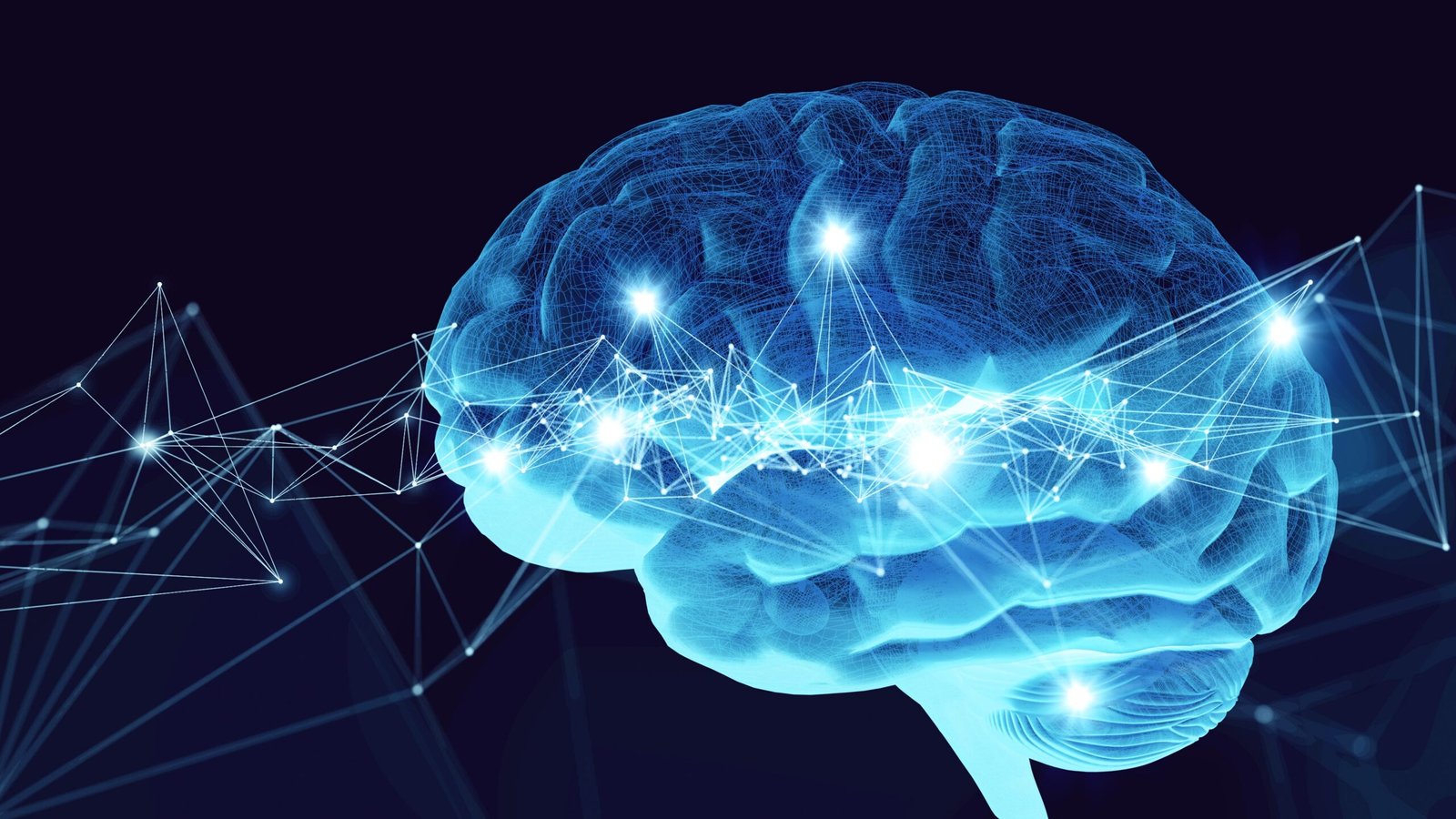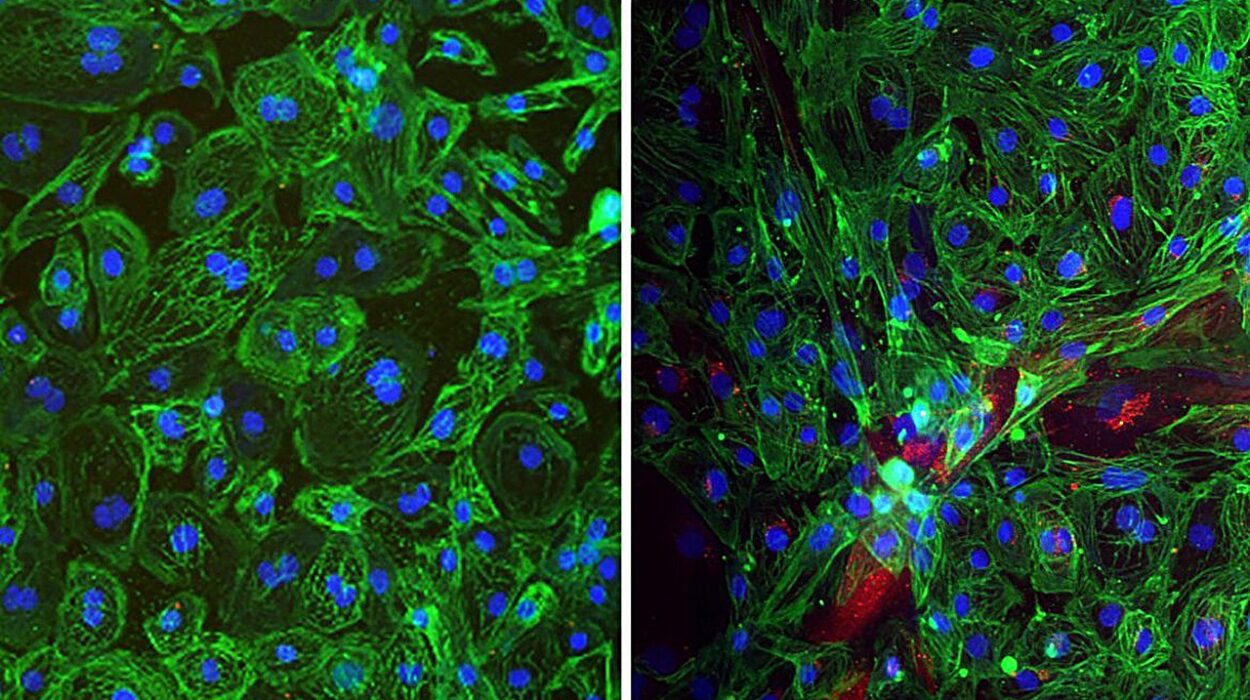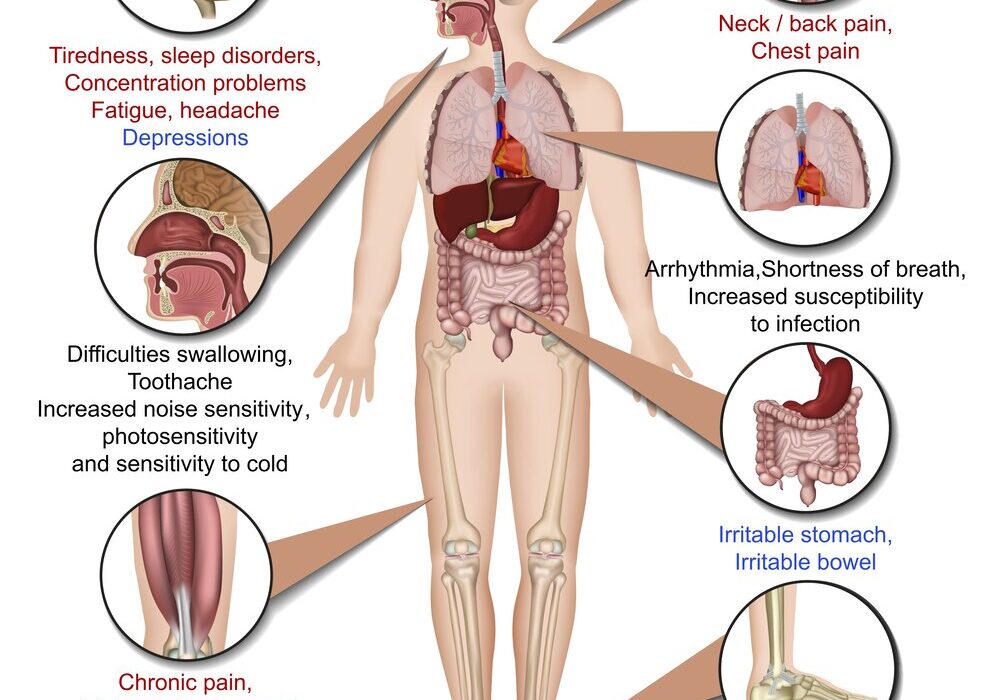In a quiet room, a person closes their eyes and tries to count their heartbeat. No clocks, no hand on the wrist—just pure internal sensation. At first glance, this simple task might seem unrelated to ethics or morality. But a new study published in The Journal of Neuroscience reveals that the ability to feel your heart beat, to sense the subtle whispers of your own body, might be intimately tied to the way you decide what is right and wrong. This research bridges the fields of neuroscience, moral psychology, and social behavior, offering a provocative insight: your body may be helping to shape your moral compass.
At the core of the study lies a concept called interoception—the capacity to sense internal bodily signals like heart rate, respiration, and gut feelings. Researchers led by Hackjin Kim at Korea University found that individuals with higher interoceptive awareness were more likely to make moral decisions that matched those of the broader group, even when no explicit social pressure was present. What’s more, this alignment appeared to be underpinned by resting-state brain activity in regions associated with self-reflection and internal monitoring.
This finding reshapes our understanding of moral intuition—not as a purely cognitive or social process, but as something deeply rooted in the body’s internal landscape.
The Quiet Pull of the Majority: Why We Align Without Being Told
The fact that people often make moral choices that align with group norms isn’t new. But what’s puzzling is why this happens, especially when no one is watching or enforcing the rules. Evolutionary theories suggest that adhering to social expectations is a smart survival strategy. It helps maintain group harmony, reduces the risk of conflict, and conserves precious cognitive and physical resources. Social friction can be costly—not just emotionally, but physically.
“When people behave in ways that conflict with others’ expectations in social situations, it can easily lead to interpersonal conflict, and resolving this conflict may increase the use of physical resources,” explained Kim, who directs the Laboratory of Social and Decision Neuroscience.
This insight led Kim and his colleagues to a bold hypothesis: that people who are more in tune with their own bodily signals—those with higher interoceptive awareness—might be better at detecting or predicting social expectations. Their bodily cues might serve as a kind of social barometer, subtly guiding decisions toward what is most socially acceptable.
Testing the “Moral Body”: Dilemmas, Heartbeats, and Brain States
To test this, the research team conducted two studies involving Korean university students. In the first, 74 participants tackled 48 carefully designed moral dilemmas—classic philosophical thought experiments like whether to sacrifice one person to save several others. These scenarios, by design, had no clear right or wrong answers.
Participants also completed a self-report questionnaire measuring interoceptive awareness—how attuned they were to their internal sensations, especially in emotional contexts. In addition, they underwent resting-state brain scans to capture the brain’s intrinsic activity patterns when not engaged in a specific task.
In the second study, 30 new participants completed the same moral dilemmas but also participated in a heartbeat counting task—a widely used method for assessing interoceptive accuracy. While wearing sensors to record their actual heartbeats, participants tried to count their beats over a series of intervals, without touching their pulse or using external cues.
Across both studies, a fascinating pattern emerged. Individuals with higher interoceptive awareness tended to make moral choices that more closely mirrored the majority opinion—even when they had no information about what others had chosen.
Interestingly, this wasn’t about choosing “utilitarian” answers (those that maximize overall good) or “deontological” ones (those that follow moral rules). Rather, it reflected how consistently a person’s choices aligned with what most people selected in each unique scenario. In other words, moral alignment wasn’t tied to a specific ethical theory—it was about attunement to the moral climate of the group.
Brain Maps of Morality: The Role of Resting-State Networks
But how does the brain bridge interoception and moral judgment? To dig deeper, the researchers turned to brain imaging data. Using a computational method called a hidden Markov model, they identified dynamic patterns in resting-state fMRI data—essentially snapshots of how the brain flows through different activity states when it’s not focused on a task.
Eleven distinct brain states were identified, but two stood out. One was marked by heightened activity in the medial prefrontal cortex (mPFC), a region known for its role in social evaluation, internal reflection, and moral reasoning. Time spent in this mPFC-dominant state was positively associated with interoceptive awareness.
The other state was characterized by reduced activity in the precuneus, a brain region involved in self-related thinking and monitoring of internal experiences. Time spent in this state was negatively associated with moral alignment—suggesting that decreased self-monitoring might lead to greater deviation from social norms.
In a compelling mediation analysis, the researchers showed that the link between bodily awareness and moral alignment was not direct, but passed through these brain dynamics. The more time a participant’s brain spent in the mPFC-active state (and the less in the precuneus-deactivated state), the more their moral decisions matched the group norm.
Moral Intuition as a Social Compass
This leads to a powerful insight: moral intuition might not be a random spark of conscience. Instead, it could be a refined, bodily grounded signal that reflects internalized social norms. The mPFC, rather than simply supporting one moral style over another, may house an evolving set of learned expectations—an implicit “sense of should” shaped by years of social experience.
As Kim put it: “Rather than supporting a specific moral judgment style—utilitarian or deontological—we found that the mPFC is more closely associated with internalized social norms acquired through one’s life experience.” This could explain why people often feel moral certainty even in the absence of explicit reasoning. Their brains—and bodies—are echoing the silent expectations of their communities.
A Gut Feeling for Group Harmony
Why would the body get involved in morality at all? The answer may lie in energy conservation and conflict avoidance. Constantly negotiating moral decisions is taxing. But if we can build an intuitive model of what others expect—and if our body can help reinforce that model—we can avoid conflict before it starts.
“This strategy may ultimately be an important social adaptation skill that enhances survival,” the authors suggest.
The body, in this view, becomes a moral feedback system. Our heartbeat, breath, and gut sensations aren’t just physiological markers—they might be tuning forks for ethical harmony.
The Limits of Intuition—and the Promise of Future Research
As fascinating as these findings are, the study has limitations. For one, the brain imaging data came from resting-state scans, not from moments when participants were actually making moral decisions. While useful for identifying stable traits, this approach can’t show how brain activity unfolds in the act of choosing.
Also, the participant pool—Korean university students—raises questions about cultural generalizability. What feels morally “normal” in one culture might not align with the norms of another. Future research with more diverse populations could reveal whether interoception’s role in moral alignment is universal or culture-bound.
Kim’s team is already exploring these questions. They’ve begun new experiments to distinguish moral alignment (internal, intuitive agreement with norms) from moral conformity (outward compliance with others’ stated opinions). Interestingly, people with high interoceptive sensitivity might resist conformity even as they remain in sync with internalized social norms—suggesting a deeply rooted, rather than reactive, form of moral awareness.
Interoception, AI, and Ethical Technology
This research has implications beyond academia. Clinically, it could inform new interventions for individuals with impaired social cognition, such as those with autism or alexithymia (difficulty identifying emotions). Training in interoceptive awareness could potentially help enhance moral reasoning and social functioning.
Technologically, the findings open intriguing possibilities. Imagine AI systems or wearable devices that use internal signals to guide ethical decision-making. By modeling the body-brain dynamics of morality, such systems could offer more human-like judgments—or at least more context-sensitive ones.
As Kim noted, “We hope to develop AI models that simulate interoception-based moral reasoning and wearable systems that track internal signals to support ethical decision-making.”
Conclusion: Listening to the Body’s Moral Whisper
The body has long been a silent partner in our moral lives. But now, neuroscience is beginning to tune in to its signals. This study offers a striking reframe of morality—not as cold logic or blind conformity, but as an embodied, intuitive process that connects us to one another through shared expectations.
When you feel a pang in your chest at an injustice, or a calm certainty about the right thing to do, you may be listening not just to your conscience—but to your heartbeat.
In a world where moral noise is everywhere, it may be that the quietest signals—the ones from within—still have the most to say.






